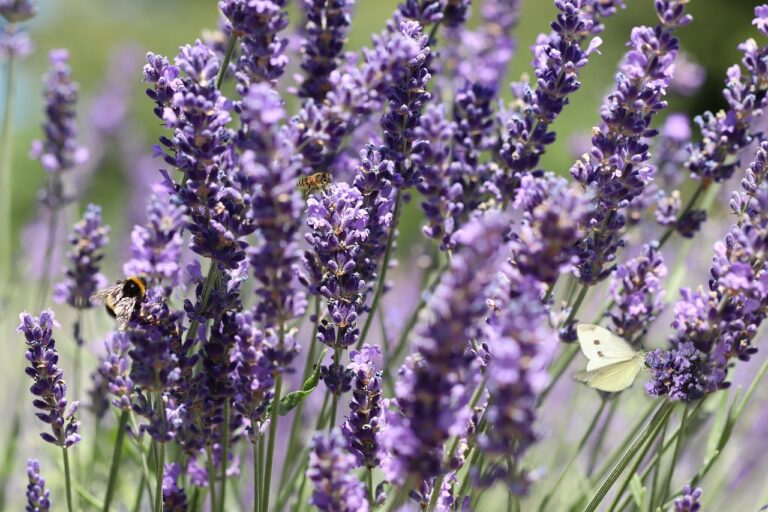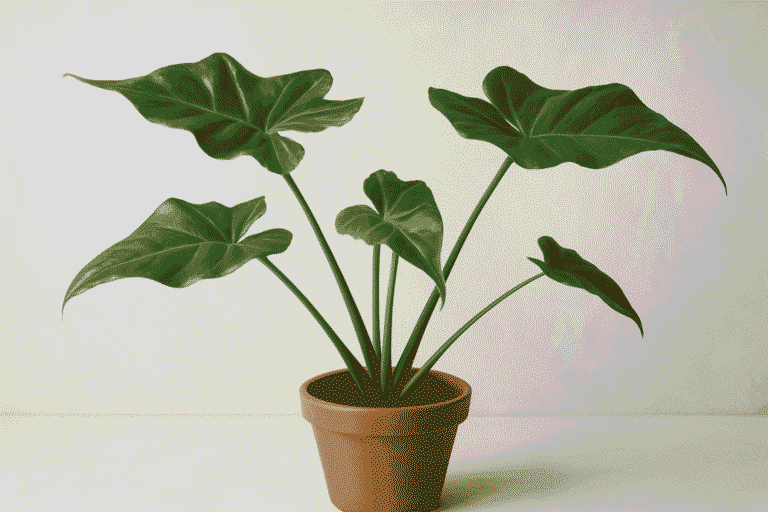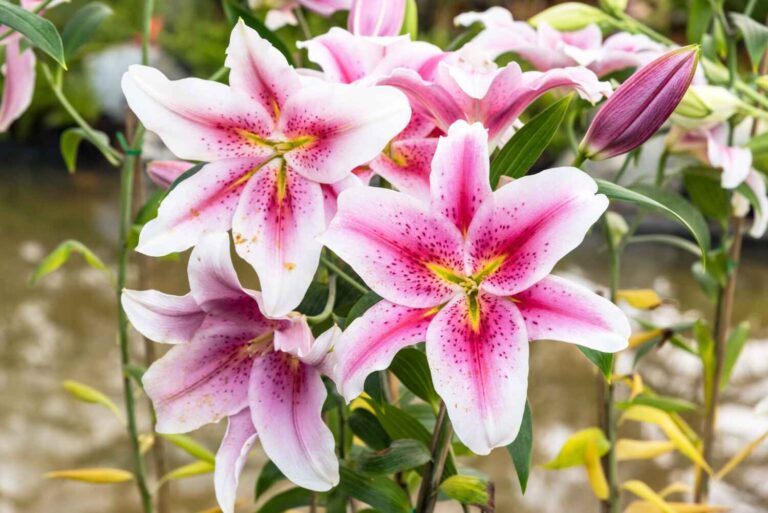Garden Soil
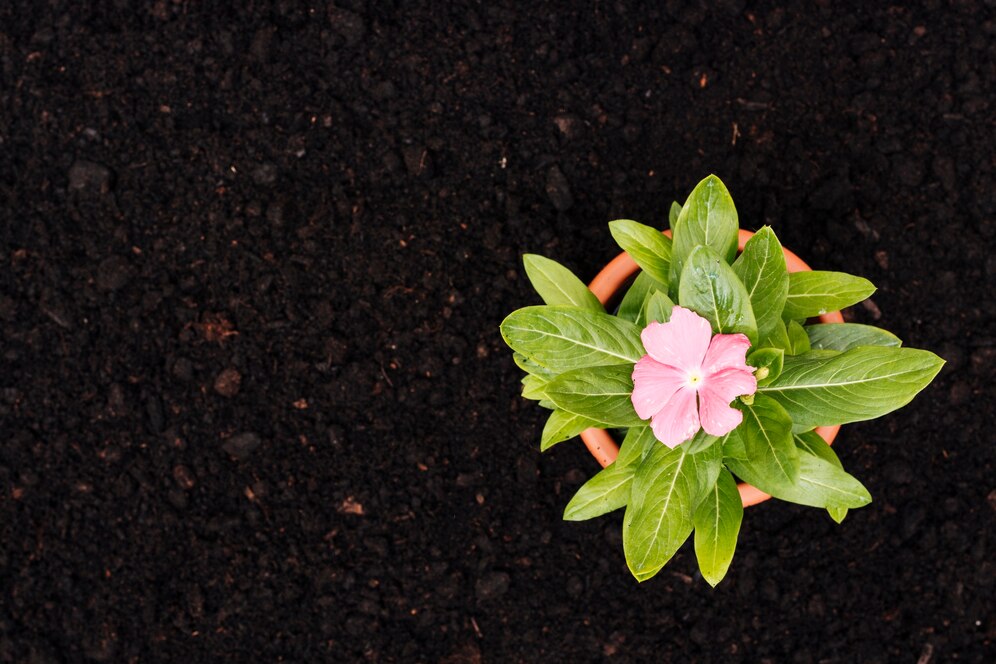
Garden soil is the foundation of every successful garden. Whether you’re growing flowers, vegetables, or herbs, the quality of your garden soil plays a crucial role in how well your plants thrive. Without healthy, nutrient-rich soil, even the best seeds and gardening techniques can fall short. But what exactly makes garden soil “good,” and how can you ensure yours is up to the task?
In this guide, we’ll break down the basics of garden soil so you can create the perfect environment for your plants. We’ll cover the essential components of soil, including texture, nutrients, and organic matter, and explain how they work together to support healthy plant growth. You’ll also learn how to identify your soil type, improve its quality, and maintain it for long-term gardening success.
Whether you’re a beginner or a seasoned gardener, understanding your garden soil is the first step to creating a flourishing garden. With the right knowledge and a little effort, you can transform your soil into a rich, fertile home for your plants. Let’s dig in and explore everything you need to know about garden soil basics!
This blog will provide you with practical tips and insights to help you get started on your journey to healthier soil and a thriving garden.
How to Improve Your Garden Soil for Healthier Plants?
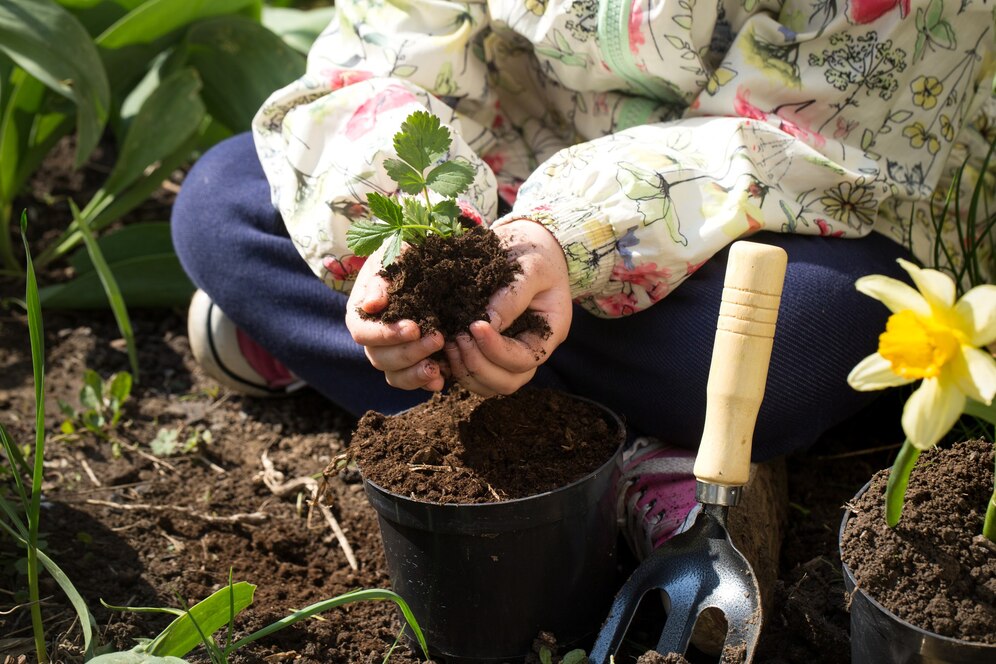
Improving your garden soil is one of the most important steps to ensure your plants grow strong and healthy. Good garden soil is rich in nutrients, drains well, and has the right texture to support plant roots. Here are some simple ways to enhance your soil and create the perfect environment for your garden.
Start by adding organic matter, such as compost, aged manure, or leaf mold. These materials improve soil structure, boost nutrients, and increase water retention. Spread a layer of organic matter over your garden soil and mix it in well.
Testing your soil is also essential. A simple soil test can reveal its pH level and nutrient content. Most plants thrive in slightly acidic to neutral soil (pH 6.0–7.0). If your soil is too acidic or alkaline, amendments like lime or sulfur can help balance it.
For heavy clay soil, add sand or coarse compost to improve drainage and prevent waterlogging. If your soil is sandy, mix in organic matter to improve its ability to hold water and nutrients.
Lastly, avoid overworking the soil, as this can damage its structure. With regular care and these simple tips, you can transform your garden soil into a fertile foundation for healthier, thriving plants.
Garden Soil vs. Potting Soil
If you’re new to gardening, you might wonder whether garden soil and potting soil are the same. While they might seem similar, they are designed for different purposes, and using the wrong one can affect the health of your plants. Let’s break down the key differences to help you make the right choice.
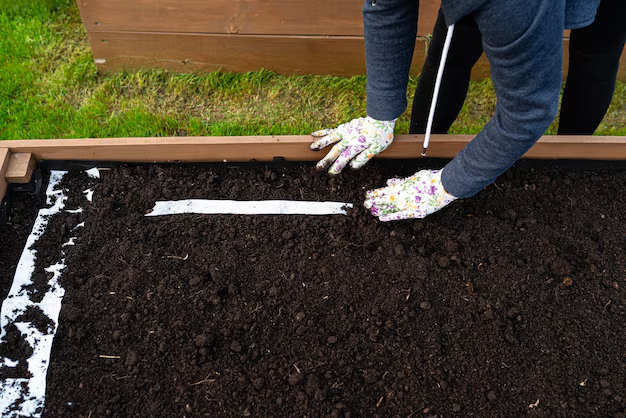
Garden soil is natural soil that comes directly from the ground. It’s a mix of sand, silt, clay, and organic matter, and it’s ideal for outdoor garden beds. However, its quality can vary depending on where you live. Garden soil needs to be enriched with compost or fertilizers to provide plants with the nutrients they need. It’s great for in-ground plants but isn’t suitable for containers because it tends to compact and drain poorly in pots.
Potting soil, on the other hand, is specifically formulated for container gardening. It’s lightweight and often made from a mix of peat moss, vermiculite, perlite, and compost. Potting soil allows for better drainage and aeration, which is essential for plants in pots. It’s usually sterilized to prevent pests and diseases, making it safer for indoor and potted plants.
In summary, garden soil is perfect for outdoor garden beds, while potting soil is the better choice for containers. Using the right soil will ensure your plants have the best chance to thrive!
Best soil to use in a garden during winter
Winter can be a challenging time for gardeners, but preparing the right garden soil can help your plants survive the colder months and thrive in the next growing season. The best soil for a winter garden is one that retains enough moisture and nutrients to sustain plant roots, while also draining well to prevent waterlogging.
To start, focus on improving your existing garden soil with organic matter. Adding compost, well-rotted manure, or leaf mold helps enrich the soil with essential nutrients while improving its structure. Organic matter also boosts the soil’s ability to hold moisture, which is important during dry winter months.
Another key factor to consider is drainage. Winter often brings more rain, so you want soil that doesn’t stay soggy. If your garden soil tends to get waterlogged, mix in coarse sand or perlite to improve its drainage. For heavy clay soil, adding gypsum can also help break up compacted particles.
Mulching is another important step. A thick layer of organic mulch, like straw or wood chips, acts as insulation for your garden soil. It helps regulate soil temperature, prevents erosion, and protects plant roots from freezing.
For winter vegetable gardens, well-draining, nutrient-rich soil with a pH level between 6.0 and 7.0 is ideal. Crops like kale, spinach, and carrots grow best in loamy garden soil that’s loose enough for roots to expand.
By focusing on soil preparation before winter sets in, you can protect your garden and set the stage for a healthier, more productive growing season when spring arrives. Winter-ready garden soil is the foundation of a flourishing garden all year round!
DIY Raised Garden Bed Soil Mixture: Step-by-Step Guide
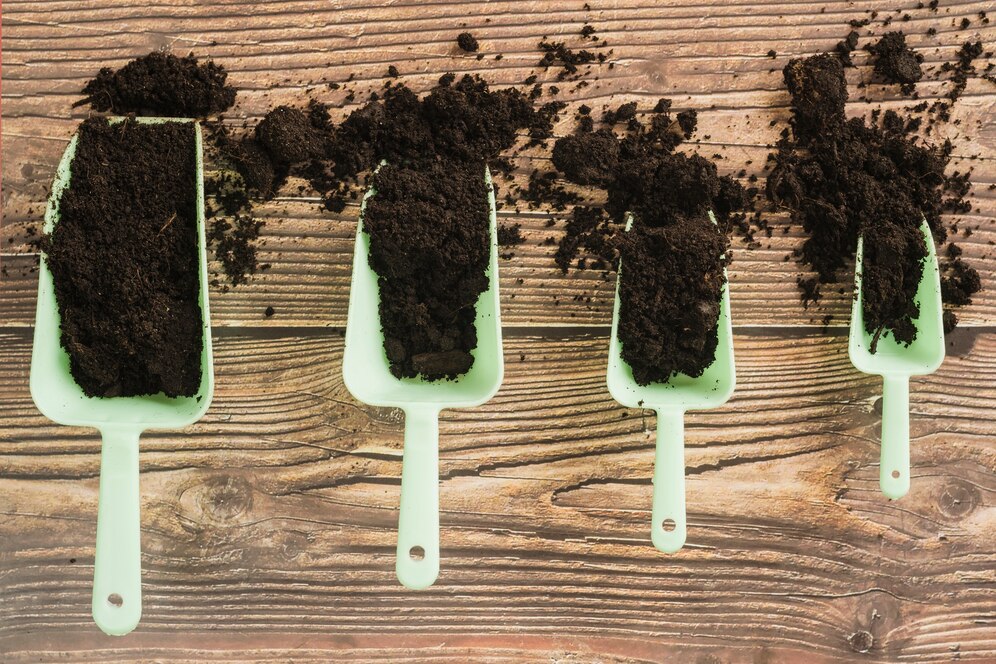
Creating the right raised garden bed soil mixture is essential for growing healthy, thriving plants. A good soil mix provides nutrients, retains moisture, and offers proper drainage to support root growth. The good news? You can make your own soil mixture at home with a few easy steps! Here’s a step-by-step guide to help you prepare the perfect soil for your raised garden bed.
Step 1: Understand the Basics of Soil Composition
A balanced raised garden bed soil mixture typically consists of three main components:
- Topsoil (30-40%): This is the base layer and provides structure to the soil. Use high-quality, weed-free topsoil from a trusted source.
- Compost (30-50%): Compost enriches the soil with organic matter, providing essential nutrients and improving its texture. You can use homemade compost or buy it from a garden center.
- Aeration Materials (20-30%): To prevent soil compaction and improve drainage, include materials like coarse sand, perlite, or coconut coir.
Step 2: Gather Your Ingredients
You’ll need the following:
- High-quality topsoil
- Compost (manure, kitchen scraps, or leaf mold)
- Aeration material (perlite, vermiculite, or coarse sand)
- Optional: organic fertilizers like bone meal, blood meal, or garden lime for additional nutrients.
Step 3: Mix Your Soil
- Start by layering your topsoil in a wheelbarrow, large container, or directly in your raised garden bed.
- Add an equal amount of compost to the topsoil. This will provide the necessary nutrients to support plant growth.
- Mix in aeration materials, such as perlite or coarse sand, to improve drainage and prevent waterlogging.
- If needed, sprinkle a small amount of organic fertilizer or amendments like garden lime to balance the soil’s pH and enhance fertility.
Step 4: Fill Your Raised Garden Bed
- Once your soil mixture is ready, transfer it to your raised garden bed. Fill the bed to about 1–2 inches below the rim to allow space for watering and mulching. Level the soil evenly across the surface.
Step 5: Test and Adjust the Soil
- Before planting, test your soil mixture to ensure it’s ready for use. A simple soil pH test kit can help you determine if the soil is within the ideal range (6.0–7.5). Adjust the pH if necessary by adding garden lime to increase alkalinity or sulfur to increase acidity.
Step 6: Maintain Your Soil Mixture
- Over time, the organic matter in your raised garden bed soil mixture will break down. To keep the soil healthy, add fresh compost and organic matter at the beginning of each planting season. Mulching the soil surface can also help retain moisture and regulate temperature.
- By following these steps, you’ll have a nutrient-rich and well-balanced raised garden bed soil mixture that will support a bountiful harvest.
What soil to use for indoor plants?
Choosing the right soil for indoor plants is essential to their health and growth. Indoor plants have different needs than outdoor ones, and using the wrong type of soil can lead to issues like poor growth, root rot, or even pests. In this guide, we’ll break down what makes the best soil for your indoor plants and how to choose or create the ideal mix for them.
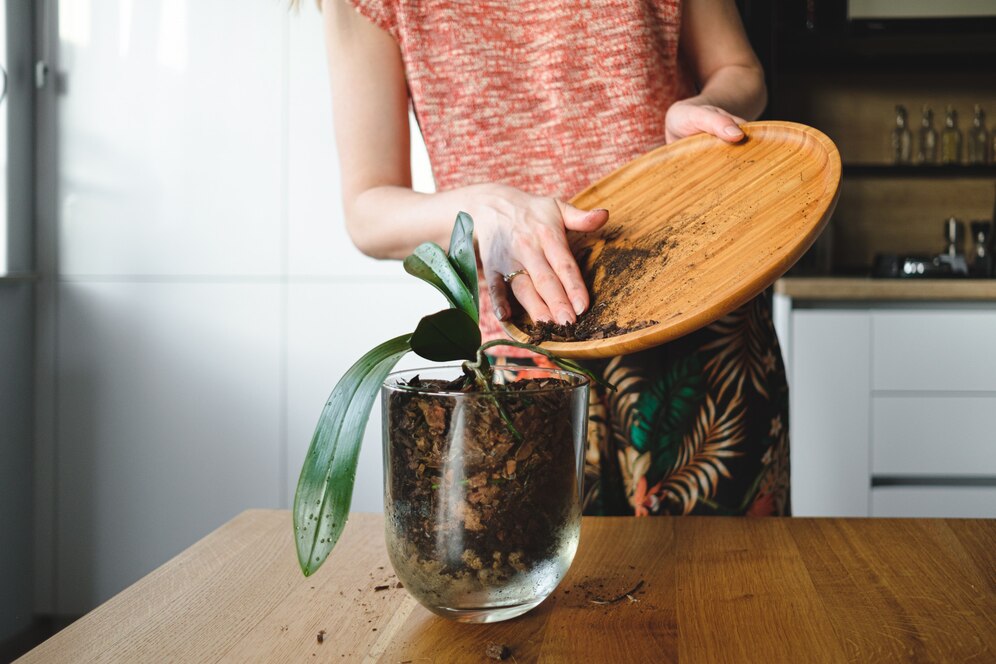
What Makes Good Soil for Indoor Plants?
The best soil for indoor plants should meet a few key criteria:
- Drainage: Since indoor plants are grown in pots, drainage is super important. Without it, water can pool and cause root rot. You need soil that allows water to escape while still holding enough moisture for your plants.
- Lightweight: Heavy, compact soil can suffocate plant roots. A lighter, airy mix ensures roots get the oxygen they need to grow.
- Nutrient-Rich: Plants rely on soil for nourishment. The best soil contains organic matter or added nutrients to keep your plants healthy and thriving.
- Pest-Free: You want to make sure your soil is clean and free of pests. Sterilized soil helps prevent potential problems.
Types of Soil for Indoor Plants
Here are a few common options for indoor plants:
- All-Purpose Potting Mix: This is a versatile mix that works for most indoor plants. It’s designed to balance drainage, moisture retention, and nutrients.
- Cactus and Succulent Mix: If you have cacti or succulents, you’ll need a mix that drains quickly and doesn’t hold much water. These plants do best in gritty, sandy soil.
- Orchid Mix: Orchids need a special mix that allows plenty of airflow around their roots. This soil usually contains bark, perlite, or coconut coir.
- Homemade Mix: You can also make your own soil by combining:
- 2 parts peat moss or coconut coir (for moisture retention)
- 1 part perlite or sand (for aeration and drainage)
- 1 part compost or organic matter (for nutrients)
Tips for Choosing the Best Soil for Indoor Plants
- Know Your Plant’s Needs: Different plants have different soil preferences, so it’s important to understand what each plant requires.
- Check for Additives: Some potting mixes come with added fertilizers or water-retaining crystals. While these can be beneficial, too much fertilizer can lead to salt buildup in the soil.
- Avoid Garden Soil: Garden soil is too heavy for indoor pots and doesn’t provide the necessary aeration. It may also introduce pests or diseases.
Maintaining the Soil for Indoor Plants
- To keep your plants happy, it’s important to check the soil regularly. If it becomes compacted, gently loosen it. Consider repotting your plants every year or two with fresh soil to ensure they have enough nutrients and room to grow.
- Choosing the right soil is the first step to creating a healthy indoor garden. By paying attention to your plant’s needs and providing the right mix, your plants will stay happy and green. A little care goes a long way!
Garden Soil vs Topsoil
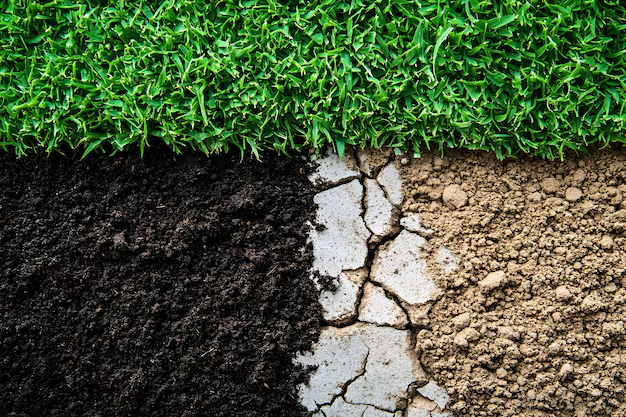
- When it comes to gardening, understanding the difference between garden soil and topsoil is key to getting the best results for your plants. While both are essential in gardening, they serve different purposes.
- Topsoil is the outermost layer of the earth’s surface and is typically used for leveling and filling spaces in your garden. It’s a general-purpose soil, often lacking the necessary nutrients and organic matter to support plant growth effectively. Topsoil can vary in quality depending on where it’s sourced, and it may need to be amended with additional nutrients to be useful for growing plants.
- Garden soil, on the other hand, is specially formulated for planting. It’s made by enriching topsoil with compost, organic materials, and sometimes fertilizers. This mixture improves the soil’s texture, drainage, and nutrient content, making it ideal for planting flowers, vegetables, or shrubs. Garden soil is designed to create an environment that supports plant growth, providing everything your plants need to thrive.
- The main difference is that while topsoil can be used for general landscaping or as a base layer, garden soil is what you want for planting. Garden soil has the right balance of nutrients, structure, and organic matter to support healthy, thriving plants.
- In short, if you’re looking to grow something, go with garden soil. But if you’re filling in gaps or leveling an area, topsoil is your best bet.
Conclusion
In conclusion, the importance of garden soil cannot be overstated. It’s the foundation that supports everything in your garden, from flowers to vegetables. Whether you’re working with a small flower bed or a large vegetable garden, the right soil ensures your plants get the nutrients, structure, and drainage they need to thrive.
Choosing the right garden soil means understanding the needs of your plants and selecting soil that provides the perfect balance of nutrients, moisture retention, and good aeration. If you’re starting a garden, always consider enhancing your soil with organic matter like compost to boost its fertility.
Remember that not all soil is created equal. Garden soil is specifically designed for planting, whereas other types like topsoil or potting mix serve different purposes. Using the correct soil for your needs will make a huge difference in your garden’s health and productivity.
By taking the time to understand your soil, test its pH, and add the right amendments, you create an environment where your plants can flourish. With a bit of effort, your garden soil will become the perfect home for your plants, giving them the best chance to grow strong and healthy. So, get out there, give your soil the attention it deserves, and enjoy the rewards of a beautiful, thriving garden!
Frequently Asked Questions
Add compost, aged manure, or organic matter to boost nutrients and soil structure.
Most plants thrive in slightly acidic to neutral soil (pH 6.0–7.0).
A well-balanced mix of compost, topsoil, and organic matter for nutrients and drainage.
At least 6–12 inches, depending on the plant type.
Yes, but refresh it with compost or nutrients before reuse.
Table of Contents
- Garden Soil
- How to Improve Your Garden Soil for Healthier Plants?
- Garden Soil vs. Potting Soil
- Best soil to use in a garden during winter
- DIY Raised Garden Bed Soil Mixture: Step-by-Step Guide
- Step 1: Understand the Basics of Soil Composition
- Step 2: Gather Your Ingredients
- Step 3: Mix Your Soil
- Step 4: Fill Your Raised Garden Bed
- Step 5: Test and Adjust the Soil
- Step 6: Maintain Your Soil Mixture
- What soil to use for indoor plants?
- What Makes Good Soil for Indoor Plants?
- Types of Soil for Indoor Plants
- Tips for Choosing the Best Soil for Indoor Plants
- Maintaining the Soil for Indoor Plants
- Garden Soil vs Topsoil
- Conclusion
- Mona Lavender Plant: Complete Growing Guide for Beginners
- Alocasia Stingray Plant Guide: Tips for Healthy Growth
- Pink Lilly Flower: Growing and Caring for Pink Lillies

